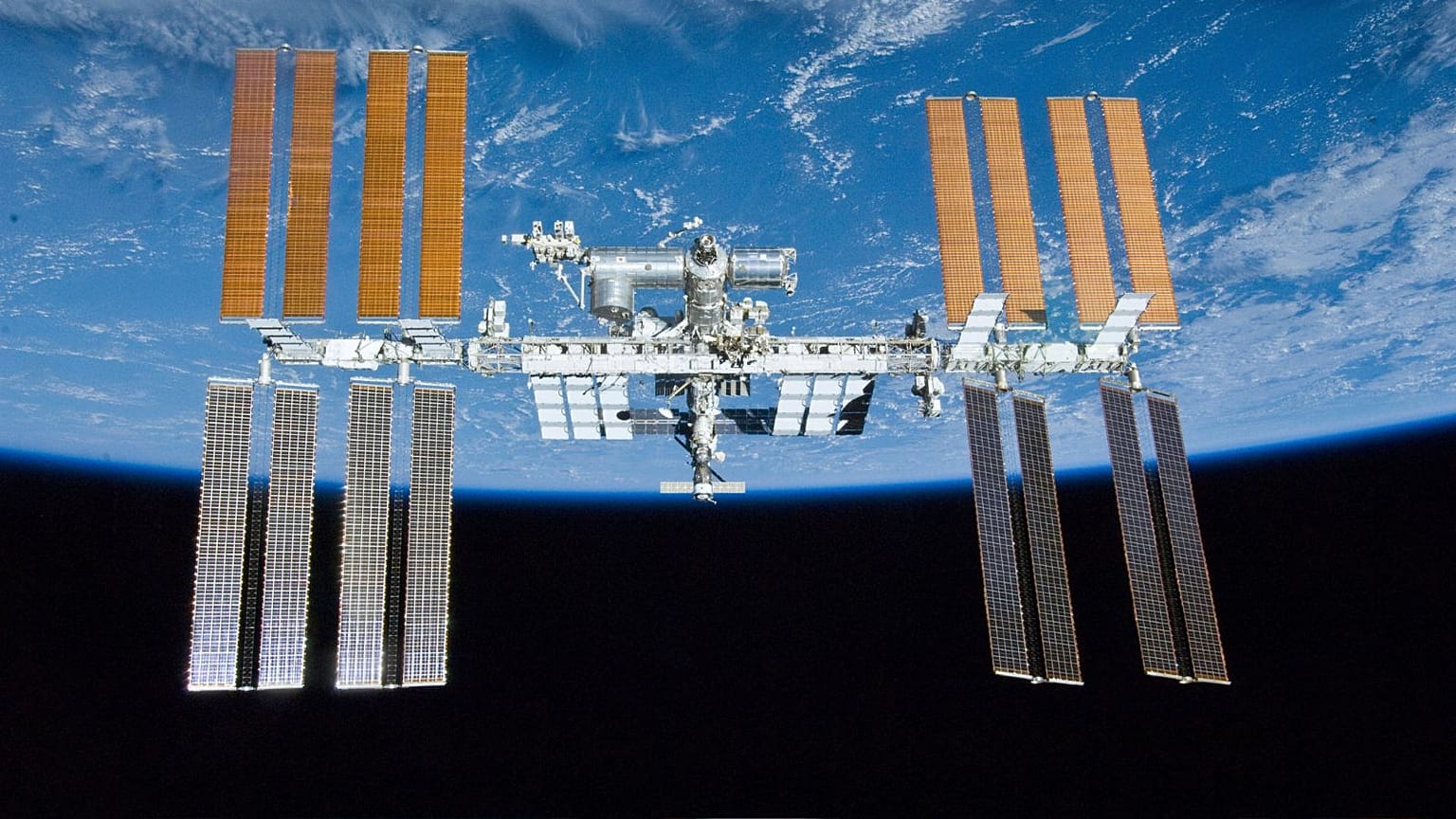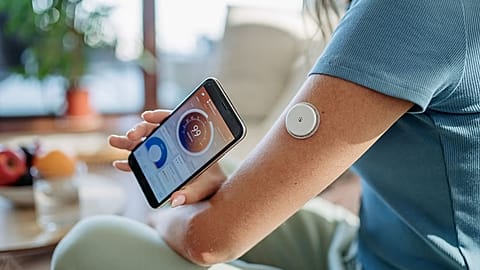One day, the robot could be used to perform surgery on astronauts on missions to Mars.
What would happen if, years from now, an astronaut felt sick during a space mission to Mars?
A trip to the Red Planet takes approximately seven months and over 480 million km, according to NASA. That’s not a small distance to navigate in a medical emergency.
It’s a problem that experts have been trying to solve for years, and the answer might be a tiny robot surgeon called MIRA (short for miniaturised in vivo robotic assistant), which will be sent to the ISS for a test mission in 2024.
MIRA is the creation of Shane Farritor, a professor of engineering at the University of Nebraska-Lincoln in the US, who has been researching the technology behind the robot’s functioning for the past 20 years.
His team’s work has grasped the attention of NASA, who awarded the Nebraska university $100,000 to get the robot ready for deployment.
How does it work?
The tiny robot, which weighs less than a kilogram, essentially looks like a cylinder with two movable prongs at its bottom able to cut through human tissue and hold objects (and body parts).
But don’t be deceived by its relatively simple appearance.
According to its creators, MIRA can work both as an assistant to a doctor physically present in an operating room - as it’s so tiny it can be inserted inside a patient’s body through a small incision, allowing doctors to perform abdominal surgery in a minimally invasive way - and as a device allowing doctors to perform surgery remotely.
In this way, the robot is revolutionary, and could potentially allow astronauts involved in long, distant space missions, such as those to Mars, to be medically attended to in case of urgent need, even when a surgeon is not physically present.
Onboard the ISS, MIRA will work autonomously without the direction of an in-person doctor. But the robot will not be tested on people, limiting itself to cutting stretched rubber bands and pushing metal rings along a wire, imitating gestures performed during real surgeries.
MIRA isn’t quite ready to be sent on deep space missions yet.
According to the University of Nebraska-Lincoln, Farritor and his team will write its software during the next year and build the robot to fit inside an ISS’s experiment locker the size of a microwave. The robot will also be tested to make sure it’s safe to use, resistant enough to travel to space and good to go.
Surgery in zero-gravity situations has never been performed before, but it’s definitely going to be needed as humans start venturing further and further in their space explorations.
"As people go further and deeper into space, they might need to do surgery someday," Farritor said. "We’re working toward that goal".


















